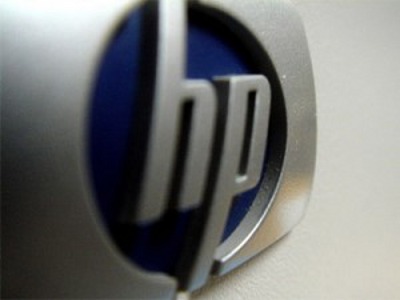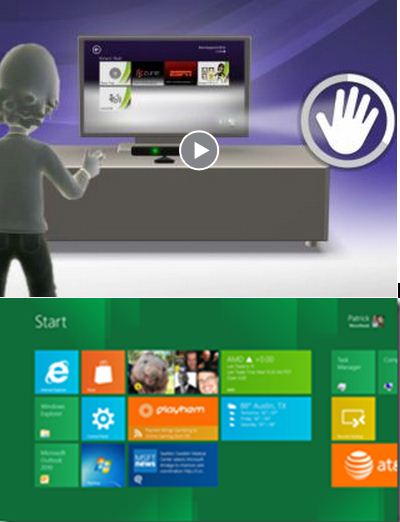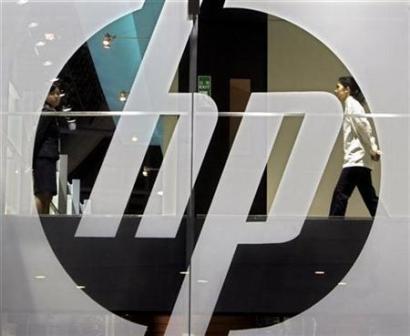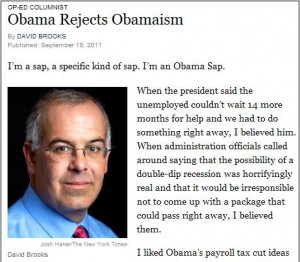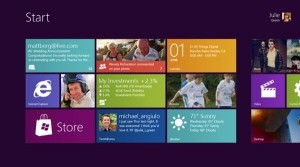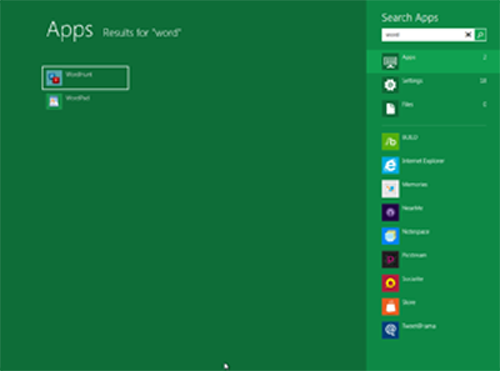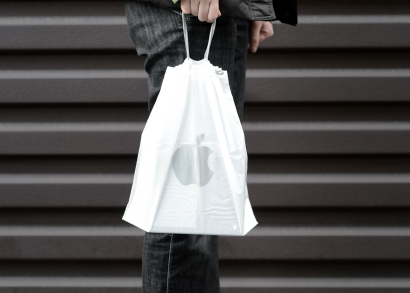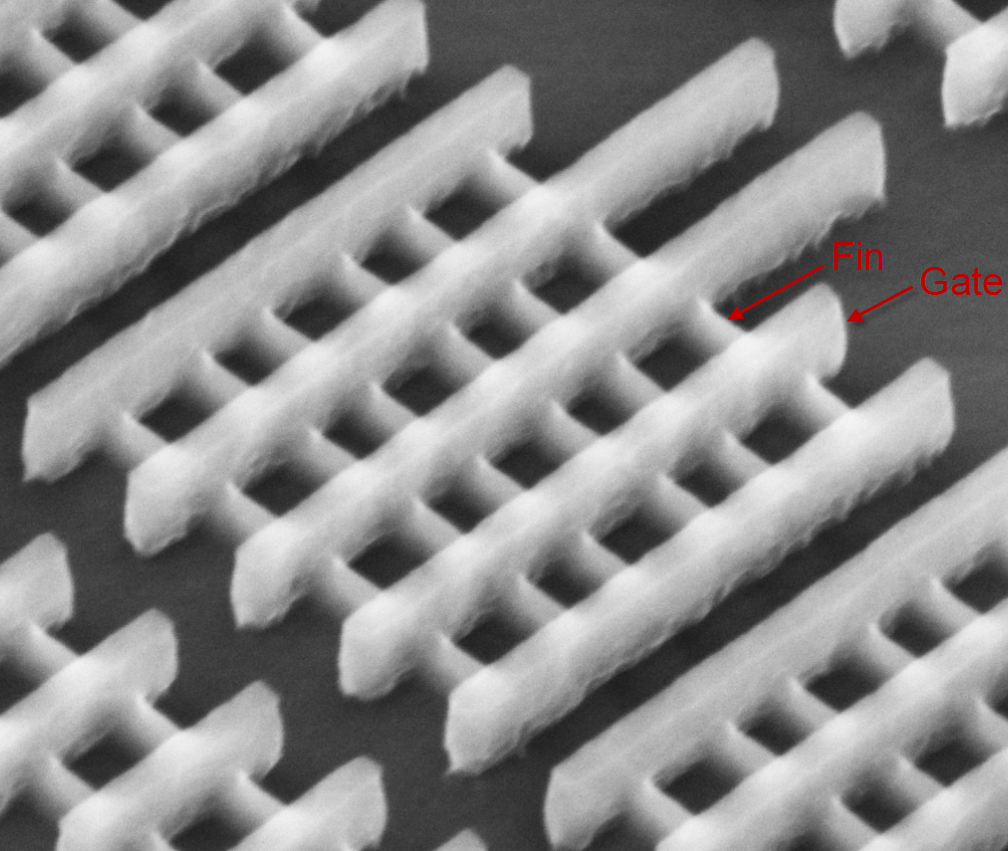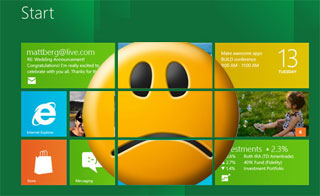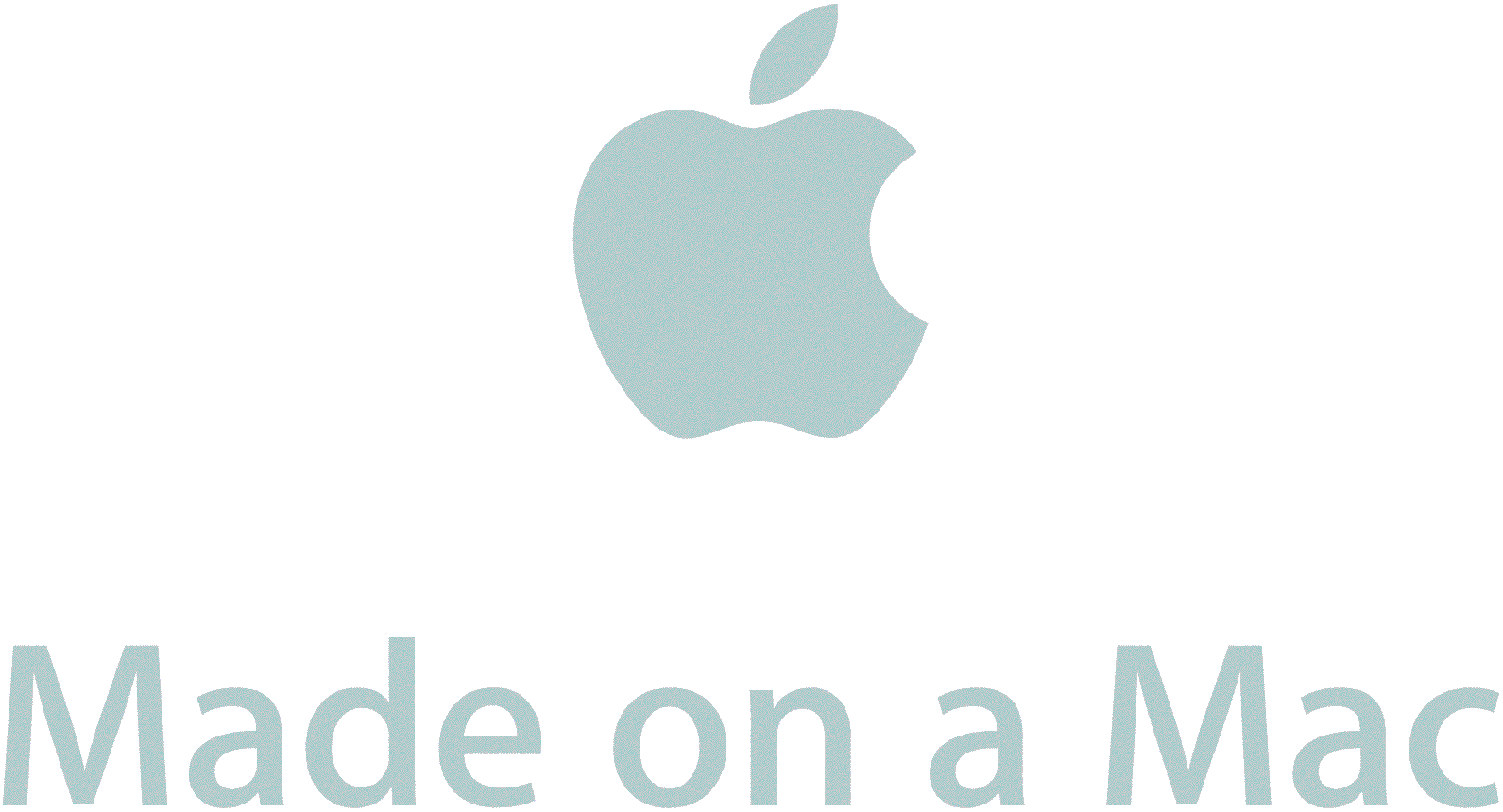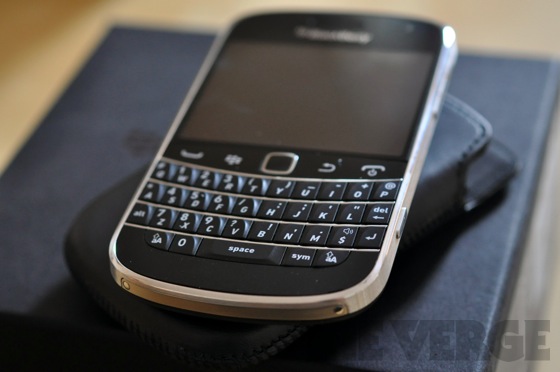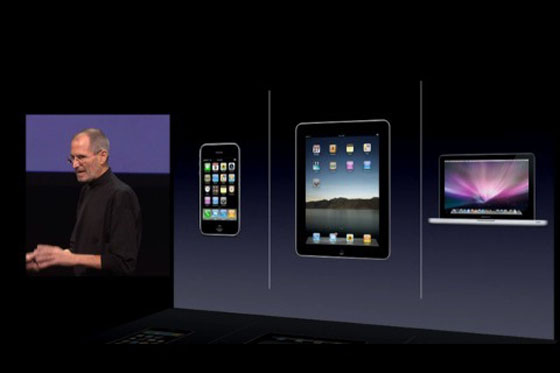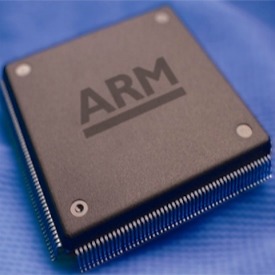 FairSearch.org, a coalition of Google competitors that thinks the search giant is being very evil, seems to have a strange idea of how business works.
FairSearch.org, a coalition of Google competitors that thinks the search giant is being very evil, seems to have a strange idea of how business works.
In a blog post that is part of a running argument with Wall Street Journal columnist Gordon Crovitz, FairSearch attempts to rebut the argument that while Google’s practices may have hurt competitors, they have actually helped consumers by contending that Google is killing innovation:
Google doesn’t offer free products – advertisers pay for them, to the tune of Google’s $29.3 billion in 2010 revenue. Those billions get passed on to consumers and business customers in the form of less innovation, higher prices, and less free services and information provided by others online.
FairSearch describes this as a “Google tax,” but this is a very odd notion indeed. Advertisers choose to place ads through Google and the prices they pay are established by auction. Companies may argue that Google’s sheer size leaves them with little choice but to advertise through Google, but in the days of dominant newspapers and TV networks, I never heard anyone talk about a Chicago Tribune tax or a CBS tax, and those prices were set a lot more arbitrarily than Google AdWord or AdSense rates. Companies paying other companies for products or services is just the normal course of business and to call this a “tax” mostly just deprives the word of any meaning. And the assertion that the money flowing to Google reduces innovation is just that: An assertion advanced without evidence. Who among FairSearch’s members has come close to matching Google in innovation?
FairSearch has been a driving force behind a Federal Trade Commission antitrust probe of Google. And there are certainly issues that should be explored, particularly Google’s treatment of Yelp as described in yesterday’s Senate Judiciary Committee hearing. But the government has the burden of showing that Google’s behavior hurt consumers, and not even outraged competitors have made much of a case for that yet.
It’s not particularly cynical to suggest that FairSearch members are more interested in hurting Google than they are in helping consumers. And Microsoft, by far the biggest company in the coalition, knows all too well the crippling effect an antitrust case can have on a business, even when it results in no meaningful penalties.
